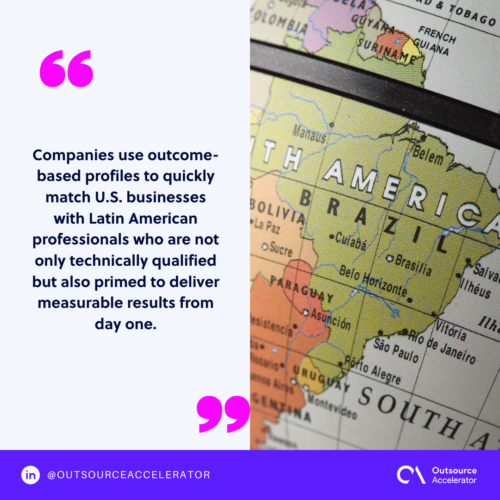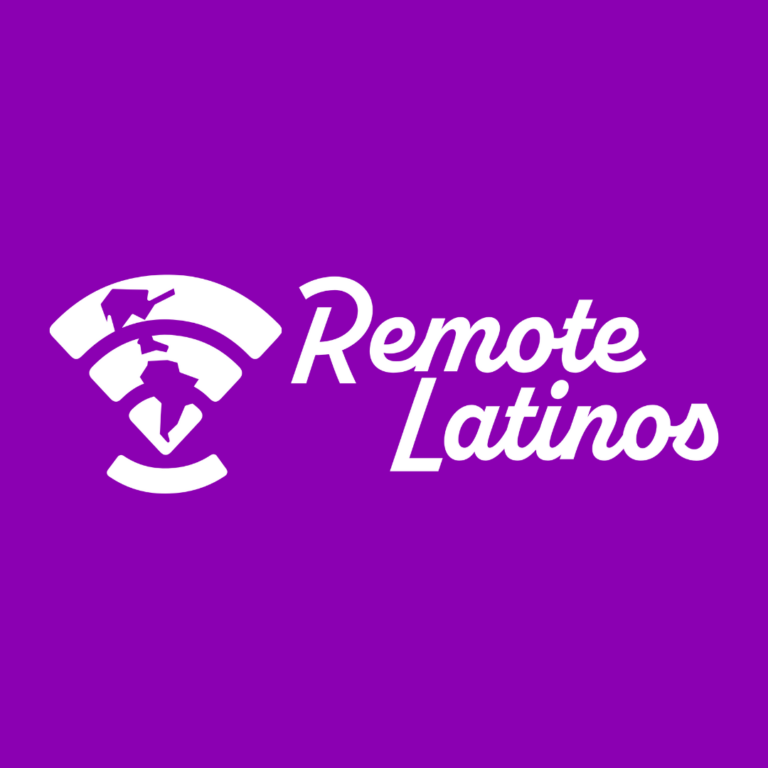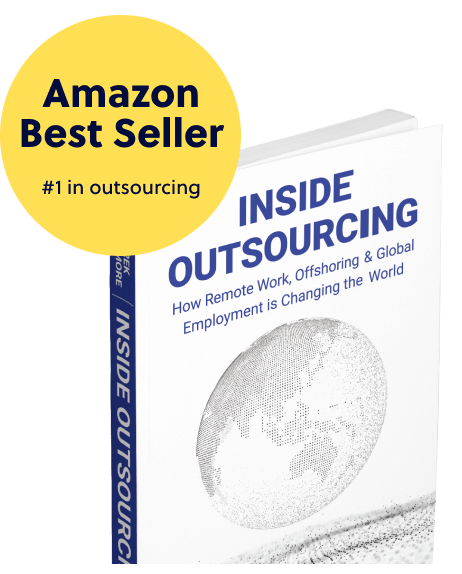5 steps to start simplifying the hiring process

This article is a submission by Remote Latinos. Remote Latinos connects businesses with top talent from Latin America. Their platform facilitates the hiring of professionals from over 40 countries in Latin America.
If your recruitment pipeline feels like a bottleneck instead of a growth engine, you’re not alone.
According to High-Velocity Hiring by Scott Wintrip, most companies unintentionally overcomplicate hiring, creating unnecessary delays, candidate drop-offs, and higher costs.
Simplifying your hiring process isn’t just about speed; it’s about attracting better talent, making faster decisions, and improving retention.
A clear, structured approach also strengthens your employer brand, because candidates equate efficiency with professionalism.
In this guide, we’ll cover five expert-backed steps to remove unnecessary complexity from your hiring process, without sacrificing candidate quality, and we’ll show how partners like Remote Latinos or Upwork can accelerate your success by connecting you with pre-vetted, culturally aligned talent from Latin America.
Step 1: Define the role in outcomes, not just tasks
Vague job descriptions slow hiring and attract mismatched candidates. As Emily Kumler notes in How Not to Hire, unclear expectations are one of the fastest paths to turnover.
Defining a role by its outcomes forces clarity and alignment before recruitment even begins.
For example, instead of writing “Responsible for order management,” specify “Reduce order processing time by 15% in the first quarter.” Outcome-based definitions signal to candidates exactly what success looks like, making it easier to self-select in or out.
From a recruiter’s perspective, this narrows your applicant pool to those who can realistically deliver results. Keep job descriptions under 600 words, limit must-have qualifications to no more than eight, and include both technical skills and cultural fit factors.
Companies use outcome-based profiles to quickly match U.S. businesses with Latin American professionals who are not only technically qualified but also primed to deliver measurable results from day one.

Step 2: Create a pre-vetted talent bench
Waiting to start sourcing until a position opens is a primary cause of hiring delays, according to Eric Herrenkohl in How to Hire A-Players.
The most efficient hiring teams maintain a “virtual bench” of talent: candidates they’ve pre-screened, engaged with, and kept warm over time. This allows you to bypass the time-consuming sourcing phase when an urgent opening arises.
Building this bench involves networking continuously, attending industry events, joining LinkedIn groups, engaging alumni networks, and even reconnecting with silver-medalist candidates who were great fits but not hired previously.
If building such a bench internally seems daunting, partnering with an agency that already maintains one can save months of work.
Companies like Upwork and Workana, for instance, keep a curated roster of pre-vetted bilingual professionals across operations, marketing, and administrative functions, allowing companies to cut sourcing time dramatically.
Step 3: Streamline your screening & interviews
Multiple interview rounds may seem thorough, but they can drive away top candidates.
Bruce Tulgan, in Winning the Talent Wars, points out that drawn-out processes are a leading cause of candidate dropout, especially in competitive markets where skilled professionals have multiple offers.
To simplify without losing rigor, use a two-step system: start with a 20–30 minute phone or video screening to assess essentials like skills alignment, role interest, and salary expectations, followed by a single structured interview focused on technical skills and cultural fit.
Eliminate redundant interviews and clarify decision-making authority early so no candidate waits weeks for an answer. Standardized questions not only speed up comparison between candidates but also reduce unconscious bias.
Some hiring partners pre-screen candidates using structured assessments and behavioral interviews, meaning you start your interview process with only top-tier prospects, a major time-saver for busy hiring managers.
Step 4: Integrate automation & remote hiring tools
According to A Complete Guide to Remote Hiring by TurboHire, automation tools can reduce hiring timelines by 30–50%. Applicant Tracking Systems (ATS) with AI-powered resume parsing can instantly shortlist candidates who meet your role’s criteria.
One-way video interviews allow candidates to record responses to standard questions on their schedule, enabling your team to review and compare answers in bulk.
Automation can also handle repetitive communications like application receipts, interview reminders, and follow-up messages, keeping candidates informed and engaged without adding to recruiter workloads.
Additionally, remote hiring tools expand your reach beyond local candidates, giving you access to global talent pools.
Some companies leverage both ATS technology and regional expertise to deliver pre-qualified candidates from Latin America, helping U.S. companies overcome geographic hiring limitations while keeping communication seamless in overlapping time zones.
Step 5: Make fast, confident offers
Top candidates are often off the market in just 10 days, according to Scott Wintrip’s High-Velocity Hiring. Lengthy offer processes give competitors the chance to swoop in with faster deals.
To simplify this step, pre-approve compensation ranges and benefits packages for common roles so hiring managers can make offers quickly.
Train your team to deliver verbal offers within 24–48 hours of final interviews, followed by written confirmation. Have onboarding materials ready in advance so the moment a candidate accepts, you can begin integration.
Quick offers communicate decisiveness and respect for the candidate’s time, traits that enhance your employer brand. Many companies find they can move from initial interview to offer in under a week because the candidates have already been vetted, salary expectations aligned, and logistical steps handled in advance.
Hire with the right partner
Simplifying your hiring process doesn’t mean cutting corners, it means focusing on the steps that deliver the most value and eliminating unnecessary friction.
By defining roles based on outcomes, maintaining a pre-vetted talent bench, streamlining screening, embracing automation, and making fast offers, you’ll shorten time-to-hire, reduce costs, and improve candidate experience.
Leveraging offshore partners can multiply these gains, giving you access to a ready pool of skilled, bilingual, culturally aligned professionals who integrate smoothly with U.S.-based teams.

The hiring market moves quickly, and the organizations that thrive are the ones that can identify, select, and onboard talent with speed and confidence. Start implementing these five steps today, and you’ll transform hiring from a bottleneck into a competitive advantage.
If you are ready to hire faster without sacrificing quality, audit your current process against these five steps, identify your biggest delays, and take action immediately. And if you want to bypass months of sourcing and screening, consider partnering with hiring agencies or marketplaces to connect with pre-vetted, high-performance talent from Latin America to make an impact from day one.
References:
Herrenkohl, E. (2010). How to hire A-players: Finding the top people for your team, even if you don’t have a recruiting department. John Wiley & Sons.
Johnson, K. (2022). How to recruit, hire and retain great people. G&D Media.
Kumler, E. (2020). How not to hire: Common mistakes to avoid when building a team. HarperCollins Leadership.
Painter, A. J., & Haire, B. A. (2022). The onboarding process: How to connect your new hire (The Team Solution Series, Book 2).
Rodriguez, R. (2007). Latino talent: Effective strategies to recruit, retain, and develop Hispanic professionals. John Wiley & Sons.
TurboHire. (n.d.). A complete guide to successful remote hiring & remote work. TurboHire.
Tulgan, B. (2022). Winning the talent wars: How to hire and retain the new hybrid workforce. W. W. Norton & Company.
Wintrip, S. (2017). High-velocity hiring: How to hire top talent in an instant. McGraw-Hill Education.







 Independent
Independent




